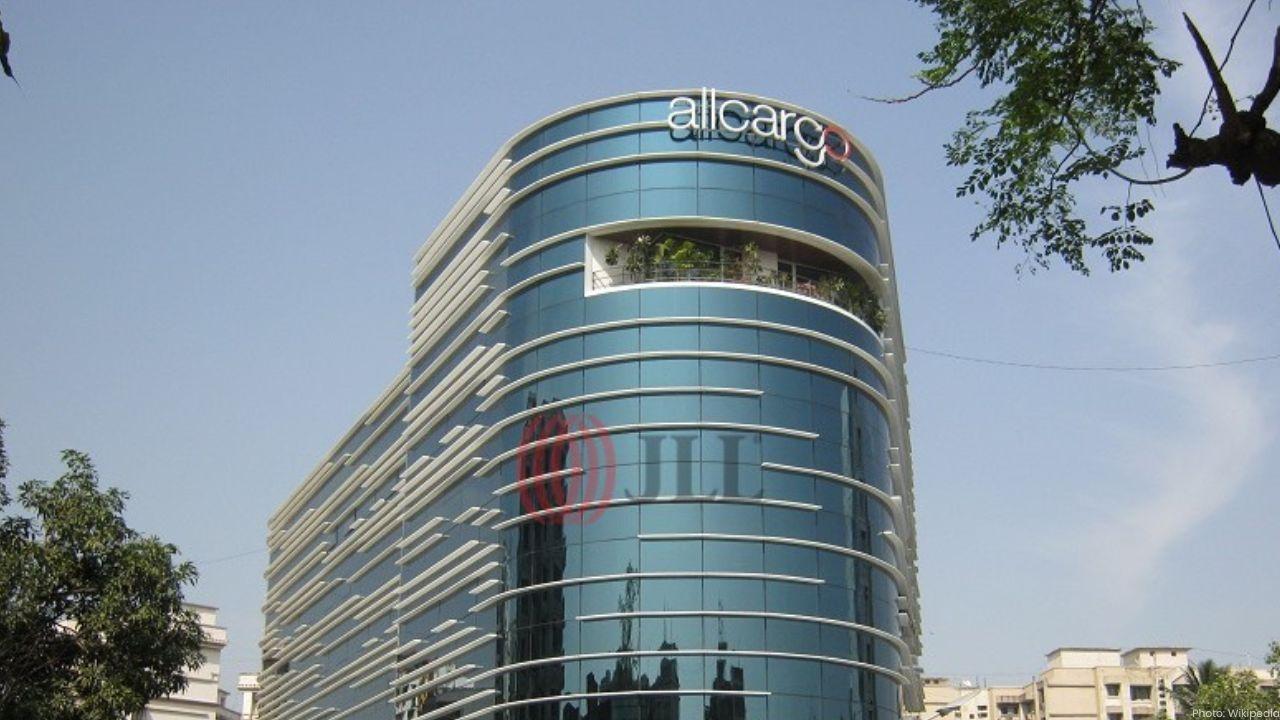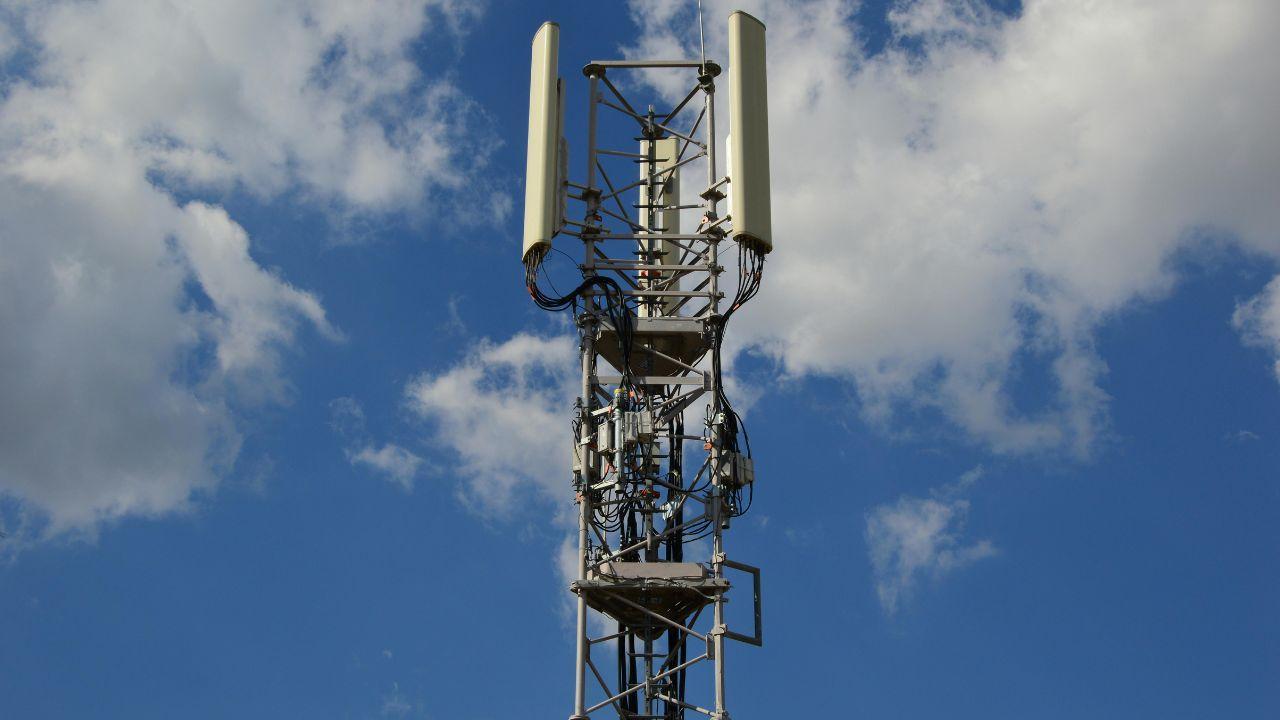
Post by : Amit
Photo : X / Airways Magazine
A Strategic Pivot Toward Regional Niche Markets
Korean Air is repositioning itself with precision. Instead of merely chasing the major long-haul transpacific or transcontinental segments, the airline is zooming in on a highly specialized but high-potential market: connecting Japan with Southeast Asia. This strategy reflects not just opportunism, but a savvy reading of evolving post-pandemic travel behaviors, shifting tourism flows, and the rising demand for multi-leg travel through regional hubs.
By leveraging its stronghold at Incheon International Airport, Korean Air aims to become the bridge between Japan’s secondary cities and the booming economies of Southeast Asia—where air traffic is recovering faster and more vigorously than in many other global regions.
In an industry still regaining its footing, this kind of focused niche expansion is emerging as a blueprint for profitability amid uncertainty.
Incheon as the Keystone Connector
At the center of this strategy lies Seoul’s Incheon International Airport, widely regarded as one of the most efficient and transit-friendly airports in the world. Korean Air has spent decades building Incheon into a global hub, and now it is using that infrastructure to address a unique gap: insufficient direct connectivity between Japanese regional cities and Southeast Asian destinations.
Rather than compete head-on with low-cost carriers (LCCs) offering direct flights from major Japanese cities like Tokyo or Osaka to Bangkok or Manila, Korean Air is targeting routes such as Fukuoka–Bangkok or Sapporo–Ho Chi Minh City—routes where direct options are sparse or nonexistent.
Passengers from these Japanese cities can now fly to Incheon, take advantage of quick transit services, and head on to Southeast Asia—all within competitive timing and pricing.
This model allows the airline to maximize aircraft utilization and route efficiency while sidestepping direct competition with dominant LCCs and other legacy carriers in primary city pairs.
Demand Recovery and Travel Behavior Shifts
Tourism demand is surging again across Southeast Asia, driven by the return of Chinese tourists, ongoing pent-up demand from Japanese and South Korean leisure travelers, and rising intra-Asia business travel. According to the latest IATA statistics, Asia-Pacific passenger traffic rose nearly 58% year-on-year in the first half of 2025, with Japan and South Korea acting as key origin and transit markets.
For Korean Air, this regional boom is an ideal time to reassert its presence, not just as a point-to-point carrier but as a regional connector. The airline is betting that more travelers—especially from mid-tier cities in Japan—are willing to make one transit stop for better fares and broader destination options, especially when that stop is Incheon.
Moreover, this plays into a broader trend: fragmentation of global travel demand. Gone are the days when only mega city-pairs ruled the skies. Today’s travelers, armed with flexible work schedules and a greater appetite for leisure, are exploring more diverse routes and expecting options beyond legacy hubs.
Competitive Edge Amid Tight Margins
What makes Korean Air’s strategy particularly compelling is its capital-light approach. Unlike launching new international bases or investing in risky long-haul expansion, the carrier is enhancing network efficiency using existing assets. The goal is to fill aircraft by optimizing regional demand flows, not by gambling on new fleet purchases or chasing marginally profitable global markets.
This approach also provides a buffer against seasonal swings. While travel demand between Japan and Southeast Asia is robust year-round, it particularly spikes during Japan’s school holidays, South Korea’s Chuseok festival, and Southeast Asia’s cooler tourist seasons. Korean Air can ramp up frequencies or reassign aircraft to match these seasonal highs without disrupting its broader network.
Additionally, Korean Air’s loyalty program, IT infrastructure, and codeshare agreements—especially through the SkyTeam alliance—enhance its ability to draw traffic from partner airlines and maximize passenger capture.
This ecosystem creates a stickiness that low-cost rivals cannot easily replicate.
Integration with Asiana: A Broader Context
Korean Air’s push to deepen regional connectivity also ties into its ongoing integration of Asiana Airlines, which is expected to reach a significant milestone by the end of 2025. The merger will give Korean Air a vastly expanded fleet and network, along with more slots in both South Korean and Japanese airports.
Importantly, Asiana already has a strong presence in Japan, particularly in cities like Nagoya, Sendai, and Kagoshima—locations that could fit seamlessly into the transit model via Incheon.
If regulatory approvals continue on track, Korean Air could soon unify these assets, creating an unrivaled regional network that links dozens of second-tier Japanese airports to Southeast Asia, not directly, but seamlessly.
Implications for Southeast Asia’s Airports
The effects of this strategy aren’t limited to just Korean or Japanese soil. Airports in Southeast Asia—such as Tan Son Nhat (Ho Chi Minh City), Noi Bai (Hanoi), Don Mueang and Suvarnabhumi (Bangkok), Ninoy Aquino (Manila), and Changi (Singapore)—stand to benefit from a higher inflow of Japanese tourists who are transiting via Korea.
In essence, Korean Air is rebuilding a vital air bridge, one that allows Southeast Asian tourism boards to tap into Japan’s aging but still travel-hungry population without having to negotiate for new direct air services. This has commercial implications beyond just ticket sales—it extends to hotel bookings, medical tourism, and cross-border commerce.
As countries like Thailand and Vietnam continue to court Japanese visitors, Korean Air may find itself becoming a preferred facilitator of international footfall.
Cargo Potential: A Quiet but Lucrative Opportunity
Passenger traffic may be the visible side of Korean Air’s Southeast Asia–Japan strategy, but air cargo is quietly providing the backbone. The airline already operates one of Asia’s most reliable cargo fleets, and these same regional routes offer opportunities to move high-value goods like semiconductors, electronics, pharmaceuticals, and e-commerce packages.
Given the rise in Japan–Southeast Asia trade flows and the increasing integration of just-in-time manufacturing across Asia, Korean Air is uniquely placed to offer multimodal logistics services through its Seoul hub. With the right combination of belly cargo and dedicated freighter support, the airline can significantly boost the profitability of these new passenger routes.
This kind of dual-income strategy—passenger and cargo—will be vital in an era where airline margins are increasingly razor-thin.
Fleet and Scheduling Adjustments Underway
To facilitate this strategy, Korean Air is deploying smaller wide-body aircraft like the Boeing 787-9 and short-haul optimized Airbus A321neos on these connector routes. The airline has already introduced several new flight pairs over the past three months, including:
All of these services offer coordinated schedules that ensure transit times under two hours at Incheon, with onboard amenities that match international standards.
More routes are under consideration, with a possibility of adding secondary city-pairs from both ends, such as Chiang Mai, Cebu, or even Da Nang, depending on demand monitoring through Q4 2025.
Korean Air’s Long-Term Vision: Be Asia’s Go-To Connector
Korean Air’s efforts to carve a niche in Southeast Asia–Japan connectivity are not just short-term adjustments. They are part of a long-term network vision that positions the airline as a regional super-connector, particularly for travel that doesn’t naturally flow through legacy hubs like Tokyo or Singapore.
This is a deliberate attempt to future-proof the business. In a world where geopolitical tensions can disrupt long-haul demand and economic shocks can affect business travel, regional resilience and diverse revenue streams are essential.
Korean Air, through its focus on Southeast Asia and Japan, may well be writing the next playbook for post-pandemic airline profitability.
Small Cities, Big Gains
By focusing on connecting overlooked routes through its powerful Incheon hub, Korean Air is doing more than just filling seats. It’s creating a new value chain in regional aviation, capitalizing on rising demand, shifting traveler priorities, and underutilized air corridors.
In the process, it’s turning niche markets into core revenue drivers, with potential ripple effects across tourism, logistics, and economic development in three distinct regions: Korea, Japan, and Southeast Asia.
For an airline seeking stable, long-term growth in an industry still facing global turbulence, this isn’t just a smart move—it may be its smartest one yet.
Korean Air, Japan, Southeast Asia










GST Overhaul Triggers Massive Road Freight Surge in India
India braces for a huge spike in road freight as the GST overhaul and festive season drive consumpti

United CEO Warns Spirit Airlines May Not Survive Financial Struggles
United Airlines CEO predicts Spirit Airlines could go out of business due to repeated bankruptcies a

Allcargo Opens Panapakkam Logistics Park Near Chennai
Allcargo Supply Chain Launches Panapakkam Logistics Park to Boost Southern India Distribution with M

HAL Receives Third GE-404 Engine for LCA Mk1A Fighter Jet
HAL has received the third GE-404 engine from the U.S. for the LCA Mk1A fighter jet program, with an

GlobalLogic Ericsson Launch Private 5G at Hitachi Rail Plant
GlobalLogic and Ericsson have deployed a private 5G network at Hitachi Rail’s Hagerstown facility, e

Honda Cuts Bike & Scooter Prices by Up to ₹18,887
Honda lowers prices of bikes and scooters under 350cc by up to ₹18,887, making commuting more afford